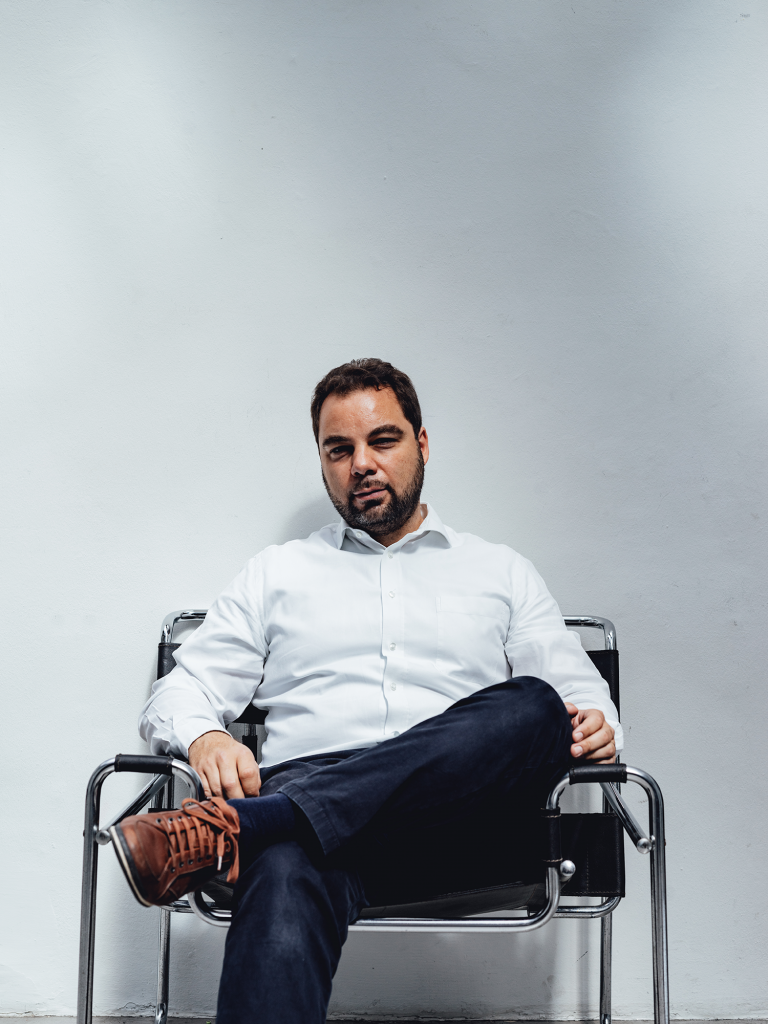High Performance
My original background and main field of work is high performance development of open class athletes, U23s and Juniors. Essentially, my job is to bring athletes from whatever level they are at now, to a high performance level – on a sustainable basis. Sustainability makes things more difficult, as the development of an athlete needs to be well strategized and adapted to their rate of growth, as well as to their ups and downs. It is easy to throw high volumes and high intensities at a bunch of athletes and pick the survivors. Unfortunately, this is common practice in quite a few teams. However, I work differently. I usually come into place when the individual athlete counts, and when not-making-it is not an option. Quite often I work with athletes who need to recover from excessive overtraining and / or consequential loss of endurance and injuries.
A good deal of my work with young athletes involves helping young rowers reach specific 2000m times to qualify for college programs. How this works, is explained in the FAQ section.
As I work with people from many different countries, who are quite often already part of a national team or some sort of high performance group, the majority of my work is underneath the radar, which means that I am not officially involved.
Masters and Late Starters
The second big part of my work is with masters rowers and late starters. Most of them want to compete at national events, and world masters regattas. Many, however, simply want to be in competitive shape, and only possibly compete. The well thought out structure of a high performance plan, which quite often spreads over a couple of years, helps masters rowers either to improve their competitiveness after years of stagnation and random training, or establish a sustainable competitive shape in the first place.
Entire clubs, college and highschool teams
A further part of my work is to write plans for entire teams, and monitor their progress. Here, I work closely with the coach or the coaching team on site. Essentially, I strategise, plan, monitor and support in the background. Depending on the agreement with the team, I also include frequent video analysis and even on-site-training in specific cases.
Coaches Support
Lastly, I run mastermind groups and one-on-one sessions with coaches, helping them with their strategies, long and short term planning as well as with their day-to-day questions on custom adaptions, technique and selection.
